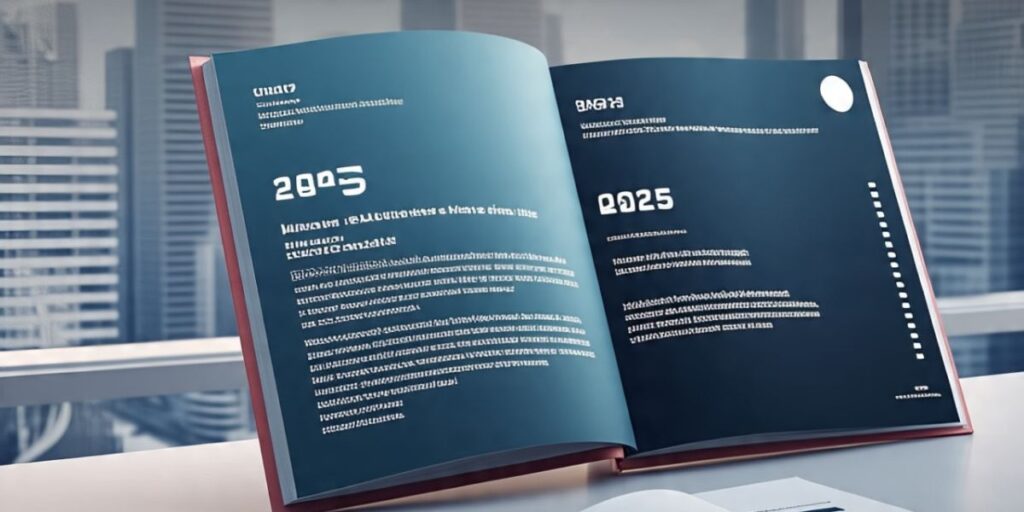1. Why Automotive Insurance Quotes Matter More Than Ever in 2025

You know what’s wild? The cost of just owning a car in 2025 feels like it’s competing with mortgage payments. Between rising vehicle prices, tech upgrades in even the most basic models, and the ever-present threat of a rogue pothole or distracted driver, car ownership is expensive. That’s where automotive insurance quotes come in.
They’re more than just numbers on a screen. A good quote can save you hundreds—sometimes thousands—each year. And considering the fact that insurance premiums are on the rise, especially for younger drivers (yep, the stats still aren’t kind), shopping around for a solid quote is not just smart—it’s survival.
But here’s the catch: not all quotes are created equal. Some are vague. Some are misleading. And some are just plain scams. So, how do you navigate the madness and get a quote that works for you?
Let’s break it down—piece by piece.
2. So, What Is an Automotive Insurance Quote Anyway?
Think of an automotive insurance quote like a menu. You’re checking prices, looking at what’s included, and trying to find the best bang for your buck. It’s an estimate—your ballpark cost for a specific type of insurance coverage, based on the info you give.
Now, not all quotes are built the same. You’ll come across:
- Real-time quotes – generated instantly using algorithms based on data you provide.
- Static quotes—less personalized and often used by insurers for quick marketing.
What do most quotes include?
- Premium: the amount you’ll pay (monthly, semi-annually, or annually).
- Deductible: what you pay out-of-pocket before insurance kicks in.
- Coverage limits: how much the insurer will pay in an accident or other scenario.
It’s simple on the surface, but there’s more going on behind the curtain, which brings us to…
3. Why Your Quote Might Be Higher (or Lower) Than Your Friend’s
Ever wonder why your buddy in the next neighborhood pays $90/month while your quote says $160? Yeah, you’re not alone.
Here’s what messes with your car insurance rates:
- Age & Gender: Sorry, younger males often pay more. Statistically, the risk is higher.
- Location: Living in a high-theft area or traffic-heavy city? Expect a bump in price.
- Driving History: A single speeding ticket or fender-bender? That’s money down the drain.
- Car Type: Flashy sports car = flashy premium. Safety-focused sedan? Likely cheaper.
- Credit Score: Like it or not, many insurers peek at this.
- Coverage Type: Full coverage costs more than liability-only.
👉 Pro Tip: Improve your quote by cleaning up your driving record, choosing a sensible car, and checking your credit for errors. Seriously, even small changes here can make a big impact.
4. How to Get an Accurate Car Insurance Quote Online (Without Screwing It Up)
Getting a quote online is supposed to be easy. But if you feed the wrong info into the machine, don’t be surprised when the results are way off.
Here’s how to do it right:
✅ What You’ll Need:
- Driver’s license info
- VIN (Vehicle Identification Number)
- Past insurance history
- Driving record details
- Estimated mileage and usage type (commute vs. personal)
🚫 Common Mistakes to Avoid:
- Guessing mileage (rounding up/down too much throws things off)
- Leaving out tickets or accidents (they’ll find them anyway)
- Choosing random coverage limits “just to see”
Take your time—accurate info leads to accurate quotes. And you’ll avoid that awkward call when the final premium doesn’t match the online estimate.
5. Best Websites to Compare Automotive Insurance Quotes in 2025

Not all comparison sites are worth your time. Some are just lead generation traps. But these? They help.
| Platform | Pros | Cons |
| The Zebra | Fast, clutter-free, wide range of providers | Limited in some states |
| NerdWallet | Great for first-timers, lots of educational content | Can be ad-heavy |
| Policygenius | Human-backed recommendations, strong UX | Fewer provider options |
| Compare.com | Super visual, good for seeing multiple quotes at once | May not show every discount |
Tip: Use a laptop for full control—mobile versions are convenient but sometimes clunky.
6. Top Companies That Offer Seriously Competitive Quotes
Let’s be real, cheap doesn’t always mean good, but some companies manage to do both well.
- GEICO: Known for low rates and a great mobile experience.
- Progressive: Price match tool and great for bundling policies.
- State Farm: Personal agent touch, especially helpful for younger drivers.
- Liberty Mutual: Strong customization options, but can be pricey without discounts.
- Root: App-based quote driven by how you drive.
| Provider | Best For | Unique Feature |
| GEICO | Budget-conscious drivers | Military & federal discounts |
| Progressive | Multi-car families | Snapshot® telematics |
| State Farm | Young/new drivers | Drive Safe & Save™ program |
| Liberty Mutual | Custom coverage | RightTrack™ discounts |
| Root | Tech-savvy drivers | App-based premium scoring |
7. Smart Ways to Lower Your Auto Insurance Quote
Now for the fun part: how to pay less without sacrificing quality coverage.
🧠 Here’s what works:
- Bundle up: Combine home, renters, or life insurance with auto.
- Use a telematics app, like GEICO DriveEasy or Progressive Snapshot. Drive safely = lower rates.
- Raise your deductible, but only if you’ve got savings for emergencies.
- Trim the fat: Ditch rental coverage if you don’t need it.
- Ask for seasonal deals, especially if you’re a student or retiree.
Even switching from monthly to annual payments can shave a few bucks off.
8. Understanding the Fine Print Before You Sign
This is where most people zone out—but that’s where insurers sneak stuff in.
Let’s clarify a few terms:
- Collision: Covers damage to your car in an accident.
- Comprehensive: Protects against theft, fire, vandalism, and natural disasters.
- Uninsured Motorist: You’re covered even if the other guy isn’t.
Red Flag Words to Watch:
- “Excess coverage required” might mean you’re being overinsured.
- “Binder policy”: Temporary—don’t assume you’re fully covered yet.
- “Conditional reimbursement” could delay payments.
Got questions? Ask them. There’s no shame in wanting to understand what you’re paying for.
9. Car Insurance Quote Scams: How to Spot the Fakes
This one’s important. The number of scammy “insurance” sites is rising fast.
Watch for:
- Unrealistically low quotes: If it sounds too good to be true…
- Upfront payments just for a quote: Big no-no.
- No SSL on website: Look for “https://” in the address bar.
Legitimate companies never ask for your banking info just to show you a quote. And they’ll always give you a physical address or customer support line.
10. The Future of Car Insurance Quotes: What’s Next?
Between AI and self-driving cars, quoting systems are about to get a major glow-up.
🧠 Trends to watch:
- AI-Powered Pricing: Real-time quotes based on behavioral analytics, not just demographics.
- Usage-Based Insurance (UBI): Pay-as-you-go is becoming mainstream.
- EV-Specific Coverage: Insurers are adjusting policies for Teslas and beyond.
- Autonomous Vehicles: When the car drives itself, who’s responsible? Expect major changes in quote structures by 2030.
11. Fast FAQ: Quick Answers You’ve Probably Googled
Q: Can I get a quote without a license?
A: Yes—but you’ll need someone else listed as the primary driver.
Q: Will requesting a quote affect my credit score?
A: Nope. Most insurers do a “soft pull,” which doesn’t ding your credit.
Q: How long is a quote valid?
A: Usually 30 days, but it can vary. Always check the fine print.
12. Your Quote is Just the Start—Use It Smartly

Getting an automotive insurance quote is step one. But what do you do with that info? That’s where the savings live.
- Compare at least 3 providers
- Tweak your coverage options
- Don’t be afraid to negotiate or switch
Final thought? You’re not married to your insurer. If your rates creep up without reason, ditch ‘em. Loyalty is great, but saving $400/year is greater.






